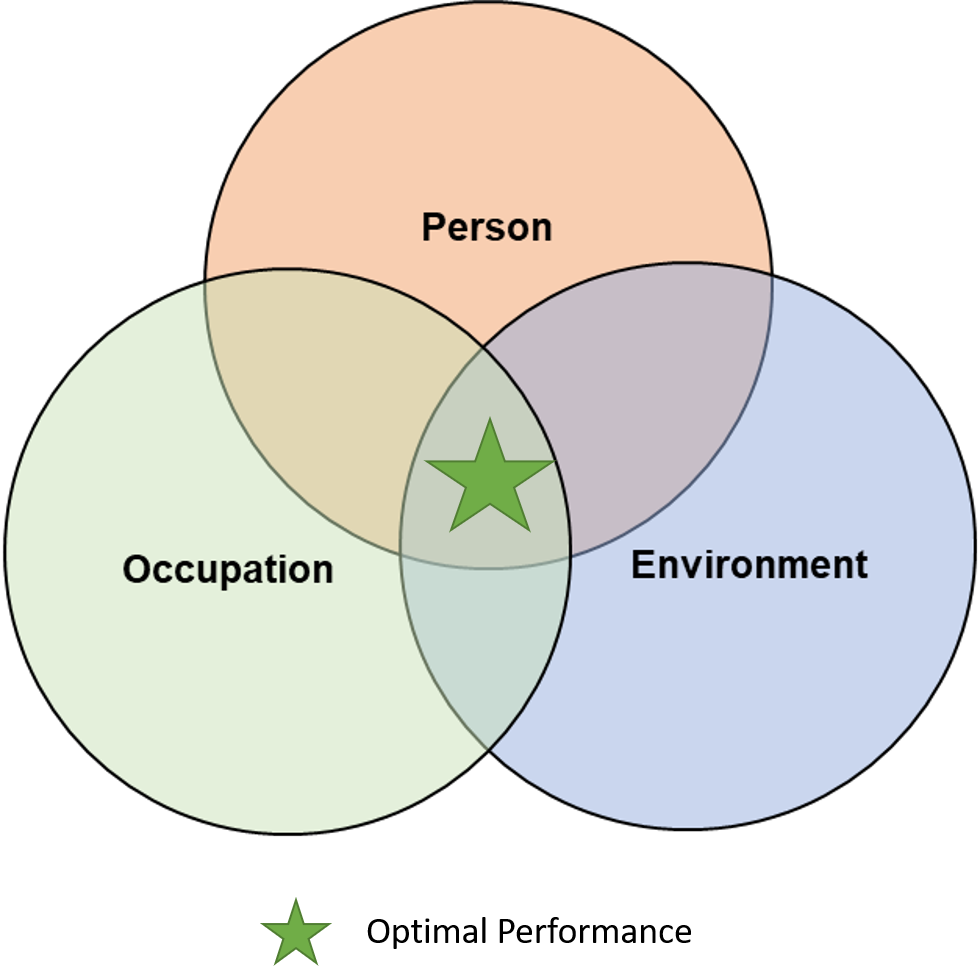Supporting Students with Down Syndrome In The Classroom

An OT Perspective
By Hina Mahmood, M.OT and Arianna Coles, M.OT
Reprinted from 3.21: Canada’s Down Syndrome Magazine (Issue #8: Back to School, Back to Life). Click here to download the full magazine.
The beginning of the school year can be an exciting yet stressful process at the best of times. While teachers and school staff are working to prepare lesson plans and organize the classroom, parents are rushing to purchase supplies and get kids back into a routine. Meanwhile, students with Down syndrome may be experiencing their own sense of excitement, anticipation, and anxiety.
The uncertainty of the COVID-19 pandemic has disrupted the school routine and impeded the learning process for many students. As we gradually return to a sense of normalcy, it is vital to maximize every opportunity to increase success in the classroom, and occupational therapy can provide the framework to do just that.
Occupational therapy is a client-centered, holistic health discipline that empowers and enables individuals of all ages and abilities to live functional and independent lives doing the things that are most meaningful to them. OT’s can help individuals increase independence in the areas of 1) self-care (feeding, grooming, toileting, sleep), 2) productivity (school, work, volunteering) and 3) leisure (hobbies, exercise, social participation).
Occupational therapists can use a variety of approaches to help clients become more independent. According to the Person-Environment-Occupation framework, to achieve optimal performance in any given task, there must be a suitable interaction between three components: 1) the person, 2) the environment, and 3) the occupation or task. As OTs, we often use the PEO model not only to assess and create learning goals, but to problem solve when challenges arise. The PEO model can serve as a good visual reminder that if all three components are in balance, the opportunity for learning and progress are increased.

Below, we break down the PEO in relation to how we support our clients with Down syndrome.
PERSON
This domain can include self-concept, health, cultural background, and cognition
Medical Factors
From frequent coughs and colds to more chronic conditions such as obstructive sleep apnea and stomach issues, individuals with Down syndrome must contend with multiple medical challenges throughout their lives. These health conditions can impact day to day functioning, resulting in difficulties with behaviour including the abilities to listen and focus, follow directions, and self-regulate. When our students are having a typically difficult day in the classroom, we must take into consideration how they are feeling on that day. Did they have a poor sleep the night before? Are they just getting over a stomach bug? Often, there may be another reason why they are struggling in the classroom.
Physical Factors
We must also consider the physical characteristics of Down syndrome. Low tone, hypermobility, and decreased strength and endurance can make learning even the most basic skill a challenge. As OTs we take these factors into consideration when creating an intervention plan or providing strategies. Many times, our students might have difficulties with completing schoolwork because they fatigue more quickly than their typically developing peers.
Cognition
Another key component when considering the person is cognition. We know that individuals with Down syndrome have certain challenges with learning, but they also have many strengths. Understanding the full scope of how they take in, process, and use information can be extremely valuable in assisting with learning and development. Are we using enough visuals? Are we providing them with too much verbal input?
OCCUPATION
This domain includes the task, how it is structured, and the steps required to complete it successfully
First, ask yourself what are the steps of a task and how many are required?
- Depending on the student, being provided with too many steps can be overwhelming and difficult to process.
- Task analysis involves breaking down the steps of a task, identifying where the student is having difficulties and beginning your support there. The goal will be to go from maximal support fading into minimal support/independence.
Next, we need to consider the subskills required to complete a particular task.
- E.g. You are asking your student to clean up their desk and change their shoes to go outside for recess. Factors to consider include:
- Can your student effectively process multistep verbal instructions?
- Does your student know how to take off/put on their shoes?
- Does your student know to untie/tie their shoes?
Finally, think about how a task is structured.
- Is it broken down into manageable pieces where each step is clearly laid out, or are the expectations unclear?
- Students with Down syndrome are strong visual learners. Using visuals to lay out the sequence for a task can support successful task completion.
- Providing your student with the just-right-challenge means you are meeting your student where they are at, adapting an activity to where they are still being challenged, but not too much that it seems unachievable and can lead to frustration.
ENVIRONMENT
This domain includes the physical, cultural, socio-economic, and institutional environment
What is occurring in your student’s immediate environment also impacts their levels of anxiety and their performance. Aspects of the environment to consider include:
- Classroom
- Is there a lot of noise or activity?
- Are the lights too bright or too dim?
- Are there many visual distractions around the classroom? (i.e. bright colours, cluttered desk space, decorations)
- Supports – Equipment
- Is your student set up with supportive seating? (i.e. feet flat on the floor, hips and knees at 90 degrees, table or desk at an appropriate height, back support)
- Are your student’s sensory needs being met? (e.g. providing a wiggle cushion to allow your student to move and stay regulated)
- Supports – People
- Are teachers and/or other students aware of your student’s needs/how best to support their learning?
- Is there additional support in the classroom if needed?
As occupational therapists we encourage parents, caregivers, teachers, and school support staff to also use the PEO framework to help assess and problem solve challenging situations for your loved ones and students with Down syndrome at home and in the classroom. Examining the interaction between each of these components can help provide a holistic understanding of your student’s learning needs, and ultimately provide tools that can help to set them up for success!
For more information please contact DSRF OTs Hina Mahmood, M.OT (hina@dsrf.org) and Arianna Coles, M.OT (arianna@dsrf.org)
